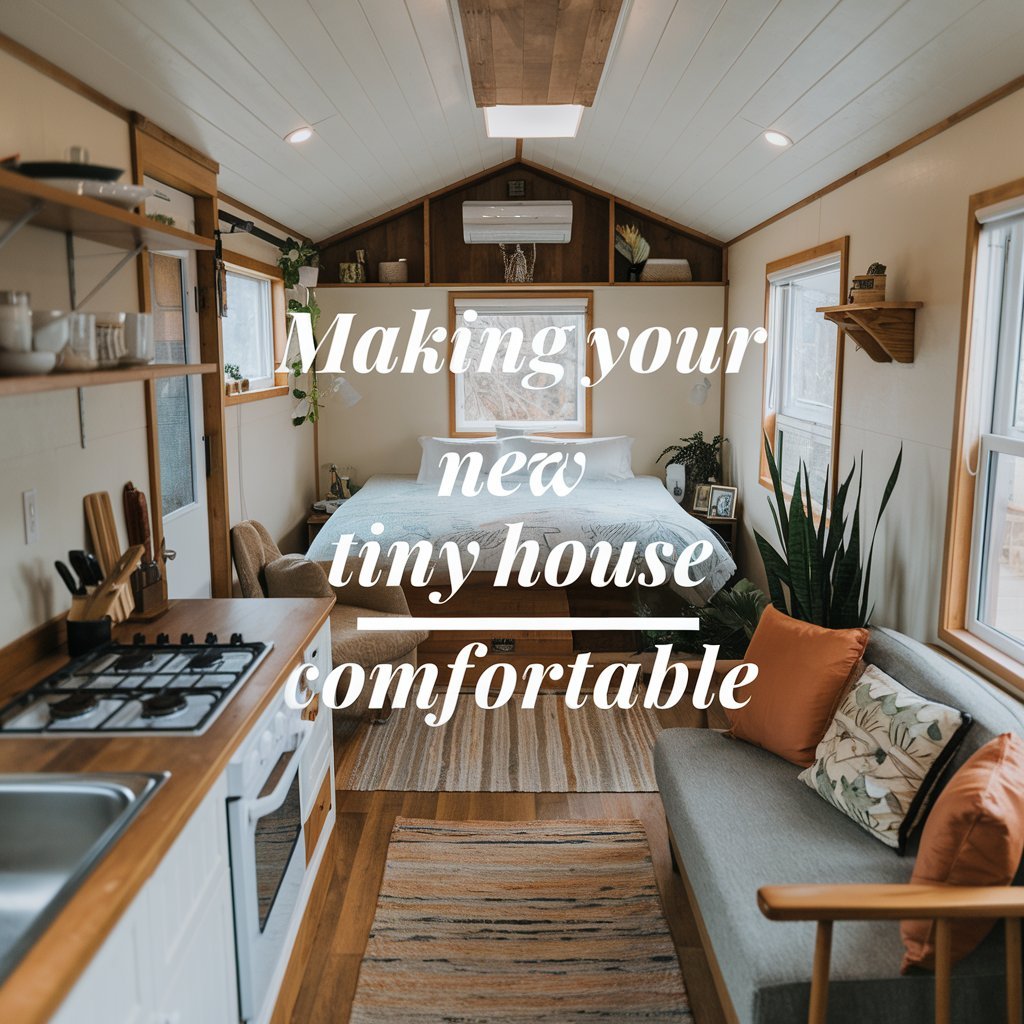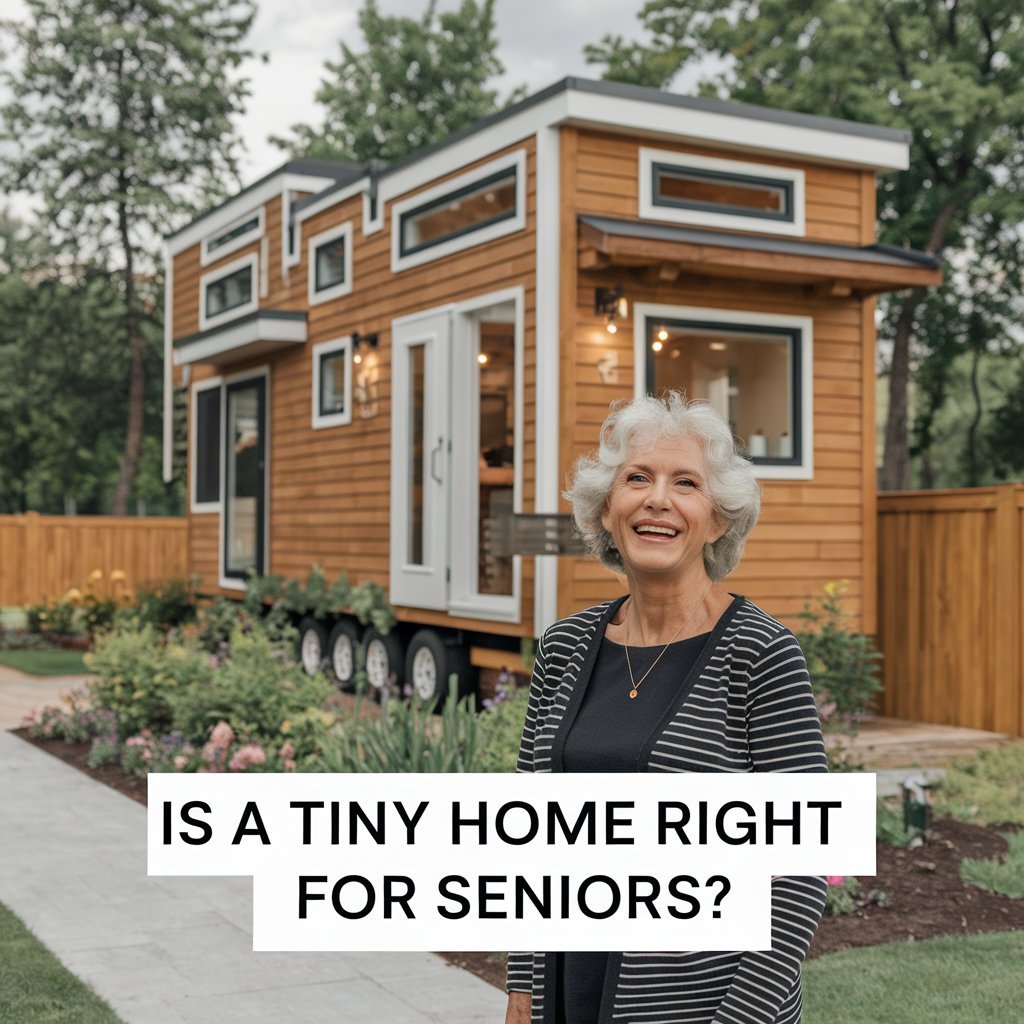Creating a comfortable and stylish area in limited square footage requires thoughtful planning. Interior designers stress that proper scale and layout matter more than quantity when working with tight floor plans. Anne McDonald, founder of Anne McDonald Design, notes: “Focus on pieces that offer comfort without overwhelming visual weight.”
Many homeowners struggle with balancing practicality and aesthetics in cozy environments. Multi-functional items like storage ottomans or nesting tables help maximize utility, while vertical shelving draws eyes upward to create airiness. Light-colored walls paired with strategic lighting can make rooms appear larger than their physical dimensions.
Professional designers recommend starting with a room’s primary purpose before selecting seating or decor. For example, a space used for both entertaining and remote work benefits from foldable desks and modular seating. Textured rugs and curated wall art add personality without cluttering surfaces, proving style doesn’t require excess square footage.
Key Takeaways
- Prioritize furniture proportions relative to your floor plan
- Choose versatile pieces serving multiple purposes
- Use vertical storage to free up walking areas
- Light colors and mirrors enhance perceived spaciousness
- Layer lighting to define different activity zones
- Incorporate texture through decor rather than bulky items
Introduction to Small Living Space Solutions
Limited dimensions spark creativity in home arrangements. Compact areas encourage strategic design planning, where even a single floor lamp or accent chair becomes part of a functional puzzle. This approach transforms tight quarters into inviting environments that prioritize both comfort and efficiency.

Modern manufacturers now craft items specifically for cozy settings. Sleek coffee tables with hidden compartments and wall-mounted consoles demonstrate how form meets function in resourceful ways. These innovations allow residents to maintain clean sightlines while storing essentials within arm’s reach.
| Feature | Traditional Approach | Space-Smart Solution |
|---|---|---|
| Seating | Bulky 3-seater sofa | Apartment-scale loveseat |
| Storage | Freestanding cabinets | Floating shelves |
| Surfaces | Oversized dining table | Expandable nesting tables |
| Lighting | Floor lamps | Wall sconces + track lighting |
Designers emphasize visual balance through proportional elements. A tall bookshelf paired with low-profile seating draws eyes upward, creating depth. Textured throw pillows add personality without occupying valuable floor real estate.
Successful layouts often combine dual-purpose items with smart color schemes. Light-reflective finishes on side tables and mirrored decor pieces amplify natural light. This technique makes square footage feel expansive while maintaining intimate charm.
Understanding Small Living Room Layouts
Smart layouts transform compact areas into functional social hubs. Designers emphasize zone creation to balance group gatherings and private chats. A well-planned arrangement ensures every inch supports daily activities without feeling cramped.

Optimizing Seating Arrangements
Start by anchoring the room with a central seating cluster. Two loveseats facing each other work better than a single oversized sofa in tight quarters. This setup encourages face-to-face interactions while keeping walkways clear.
L-shaped sectionals maximize corner spaces effectively. Pair them with lightweight armchairs that can shift positions for guest overflow. Chicago-based designer Frank Ponterio suggests adding movable accent chairs to adapt layouts for different occasions.
Creating Intimate Conversation Zones
Divide your area using rugs or lighting to establish cozy nooks. A pair of club chairs beside a slim side table creates perfect spots for morning coffee chats. Suzanne Dawson’s approach uses U-shaped sectionals to naturally frame these personal spaces.
Keep surfaces minimal but purposeful. Round coffee tables prevent sharp corners from interrupting flow. Floating shelves above seating areas provide storage without shrinking the room visually.
| Layout Type | Key Benefit | Ideal For |
|---|---|---|
| Central Focus | Encourages group interaction | Entertaining guests |
| Facing Sofas | Balanced sightlines | Conversation-heavy homes |
| Sectional Zones | Defines separate areas | Multipurpose rooms |
| Flexible Arrangements | Adapts to needs | Dynamic households |
Smart Selections: Best Furniture Options for Small Living Spaces
Amanda Khouri of Amanda Khouri Interiors challenges conventional wisdom: “Using petite furnishings in cozy rooms often backfires. One properly scaled sofa anchors the layout better than multiple tiny chairs.” Her approach prioritizes intentional choices that create harmony rather than shrinkage.

Standard-size seating proves crucial in tight quarters. A 72-inch loveseat provides better proportions than a cramped 60-inch model, distributing visual weight evenly. Designers often pair these with low-profile armchairs that tuck neatly beside side tables when not in use.
| Furniture Type | Space Efficiency | Key Benefit |
|---|---|---|
| Apartment-Scale Sectional | High | Defines zones without walls |
| Nesting Coffee Tables | Medium | Adapts to guest needs |
| Storage Ottoman | High | Doubles as extra seating |
Multi-functional designs solve spatial puzzles. Convertible coffee tables with lift-top mechanisms serve as impromptu desks, while modular shelving units adjust to store books or display decor. These solutions maintain clean sightlines essential in compact areas.
Balance remains critical when curating your layout. Pair substantial items like sectionals with airier elements—glass-top consoles or acrylic stools. This contrast prevents visual overload while ensuring every piece earns its place through utility or beauty.
Color and Design Strategies for a Spacious Feel
Color choices dramatically influence spatial perception in compact rooms. Designers use paint techniques to manipulate depth and airflow, transforming cramped quarters into inviting retreats. One standout method—color-drenching—creates cohesion by applying identical hues across walls, ceilings, and trim.
Bold Trim and Accent Walls
Contrary to popular belief, dark trim enhances small areas when used intentionally. Painting window frames or baseboards in rich tones like Benjamin Moore’s Black Panther adds definition without shrinking visual boundaries. This approach draws attention to architectural details while maintaining airiness.
Accent walls anchor rooms through strategic contrast. A deep teal feature wall behind seating creates perceived depth, while lighter adjacent surfaces keep the area breathable. Designers often pair these statements with metallic decor to reflect light across tight spaces.
Balancing Bright and Moody Hues
Warm neutrals like Light Peachblossom amplify natural light, making rooms feel sunlit and expansive. These shades work particularly well in north-facing spaces where cool shadows dominate. For bolder statements, Brooke Mennen-Talsma suggests full-room color-drenching in moody greens or blues to create enveloping intimacy.
| Color Strategy | Visual Effect | Room Impact |
|---|---|---|
| Monochromatic Scheme | Eliminates visual breaks | Enhances flow |
| Contrasting Trim | Highlights architecture | Adds sophistication |
| Accent Wall | Creates focal point | Adds depth perception |
Dark colors succeed when balanced with reflective surfaces. Glossy finishes on trim or satin wall paints bounce light effectively, preventing enclosed feelings. This technique lets homeowners enjoy dramatic palettes without sacrificing spatial awareness.
Choosing the Right Sofa, Sectional, and Armchairs

Designer Alexander Reid demonstrates how proportional seating defies spatial limitations. His signature oversized sectional fills most of the room yet maintains airiness through elevated legs and streamlined arms. This approach works best in areas with vertical space, where tall ceilings balance the piece’s horizontal presence.
Performance fabrics revolutionize compact layouts. Brands like Kravet offer velvets that resist stains while mimicking luxury textures. These materials withstand daily use without sacrificing style—a game-changer for households prioritizing both durability and design.
Modern sectionals adapt to tight floor plans through smart engineering. Reversible chaises and modular components let users rearrange seating clusters as needs change. Some models include hidden storage compartments, merging practicality with contemporary aesthetics.
| Seating Type | Space Impact | Key Benefit |
|---|---|---|
| Oversized Sectional | High visual weight | Maximizes seating capacity |
| Modular Sectional | Medium footprint | Customizable configurations |
| Slim Armchair | Low space demand | Easy repositioning |
Armchairs should complement primary seating without competing for attention. Opt for models with narrow profiles or swivel bases that enable flexible placement. Pair them with sculptural side tables to maintain clear pathways in traffic-heavy zones.
Scale relationships determine success in cozy rooms. A 84-inch sofa paired with a petite loveseat creates hierarchy, while matching upholstery tones unify the arrangement. This strategy prevents visual chaos while accommodating diverse activities.
Maximizing Storage and Multi-Functionality
Smart storage transforms cramped rooms into organized sanctuaries. Design-forward solutions now blend seamlessly with decor, turning functional needs into style statements. Brooke Mennen-Talsma demonstrates this through arched built-in shelves with integrated lighting—a storage nook that doubles as artful display space.

Hidden Storage Solutions and Built-Ins
Custom cabinetry maximizes awkward corners while maintaining clean sightlines. A floor-to-ceiling unit with closed cabinets and open shelving keeps daily essentials accessible yet discreet. These built-ins often become room anchors, like entertainment centers housing media equipment behind sleek sliding panels.
| Storage Type | Functionality | Space Impact |
|---|---|---|
| Built-in Shelving | Displays decor + stores items | Low footprint |
| Multi-purpose Ottoman | Seating + hidden compartment | Medium impact |
| Wall-mounted Cabinet | Vertical storage solution | Zero floor space |
Creative Shelf and Cabinet Ideas
Floating shelves above doorways utilize often-wasted vertical real estate. Designers pair these with modular cube units that adapt to store books or baskets. For tighter areas, shallow-depth cabinets (6-8″ deep) keep walkways clear while holding linens or tech accessories.
Multi-tiered coffee tables with lift mechanisms reveal charging stations or board games. These space-chameleons maintain surface area for drinks while hiding clutter below. Pair them with bench seating containing lift-up lids for seasonal item storage.
Lighting Essentials for a Cozy Ambiance
Proper illumination acts as a design multiplier in compact areas. Xavier Donnelly notes that harsh overhead fixtures create clinical vibes, while warm 2700K bulbs foster inviting atmospheres. This approach softens edges and makes rooms feel lived-in rather than cramped.

Diffused Overhead Solutions
Recessed lights with dimmers offer adjustable brightness for different times. Pair these with paper lantern pendants to scatter gentle glows. Frank Ponterio suggests placing fixtures at 8-foot heights to prevent “spotlight effect” in low-ceiling spaces.
Layered Light Strategies
Combine three illumination levels: ambient, task, and accent. Table lamps with linen shades create pools of warmth near seating areas. Wall sconces flanking artwork add depth without eating floor space.
| Lighting Type | Function | Space Efficiency |
|---|---|---|
| Plug-in Sconces | Ambient glow + decor | Zero floor footprint |
| Arc Floor Lamps | Task lighting | Compact base designs |
| LED Strip Lights | Accent illumination | Fits tight corners |
| Swivel Wall Lights | Adjustable direction | Saves surface space |
Eye-level fixtures make guests feel embraced rather than exposed. Try angling two matching lamps toward a central ottoman to define conversation zones. For rented spaces, battery-operated picture lights offer renter-friendly alternatives to hardwired options.
Dimmers prove essential for multifunctional rooms. Lower lighting by 40% during movie nights or boost it for game days. This flexibility helps compact areas adapt to changing needs while maintaining cozy appeal.
Integrating Reflective and Acrylic Furniture Details
Transparent materials and reflective surfaces redefine spatial perception in compact environments. Amy Kalikow emphasizes their transformative power: “These elements amplify brightness while reducing visual bulk.” This approach lets rooms breathe through strategic light manipulation rather than physical expansion.

Mirrored coffee tables create depth through subtle light diffusion. Unlike solid wood alternatives, they maintain surface functionality while appearing weightless. Metallic finishes on side tables or shelving units add glamour without overwhelming tight floor plans.
Lucite pieces excel in multifunctional layouts. Amanda Khouri champions acrylic side tables that “dissolve visual barriers” between seating areas. Glass-top consoles preserve sightlines, allowing eyes to travel freely across the room’s full length.
- Chrome lamp bases double as light reflectors
- Transparent bar carts store essentials invisibly
- Brass-framed mirrors boost natural light distribution
Position reflective surfaces opposite windows to maximize daylight benefits. A metallic accent chair near north-facing glass transforms dim corners into bright focal points. This technique works particularly well in studio apartments with limited light sources.
Balance remains crucial. Pair substantial upholstered seating with acrylic nesting tables. The contrast provides stability while maintaining spatial flow—proof that smart material choices can enhance comfort without sacrificing openness.
Styling with Patterns, Textures, and Rugs
Patterns and textures hold transformative power in cozy environments. Anne McDonald champions layered rugs as depth-building tools, suggesting pairing a neutral jute base with vibrant geometric overlays. This technique defines zones while softening hard surfaces underfoot.
Mixing Geometric and Organic Patterns
Combine angular shapes with flowing motifs for balanced energy. Striped throw pillows work alongside floral curtains when sharing a unifying color thread. Keep scales varied—large-scale patterns on walls, smaller repeats on accessories.
Textural contrast elevates compact rooms without clutter. A chunky knit throw over smooth leather chairs adds tactile interest. Sisal rugs ground spaces visually while absorbing sound in multifunctional areas.
Maintain harmony through repetition. Echo rug patterns in artwork frames or lamp bases. This creates visual rhythm that guides eyes through the room, making square footage feel intentionally curated rather than confined.



